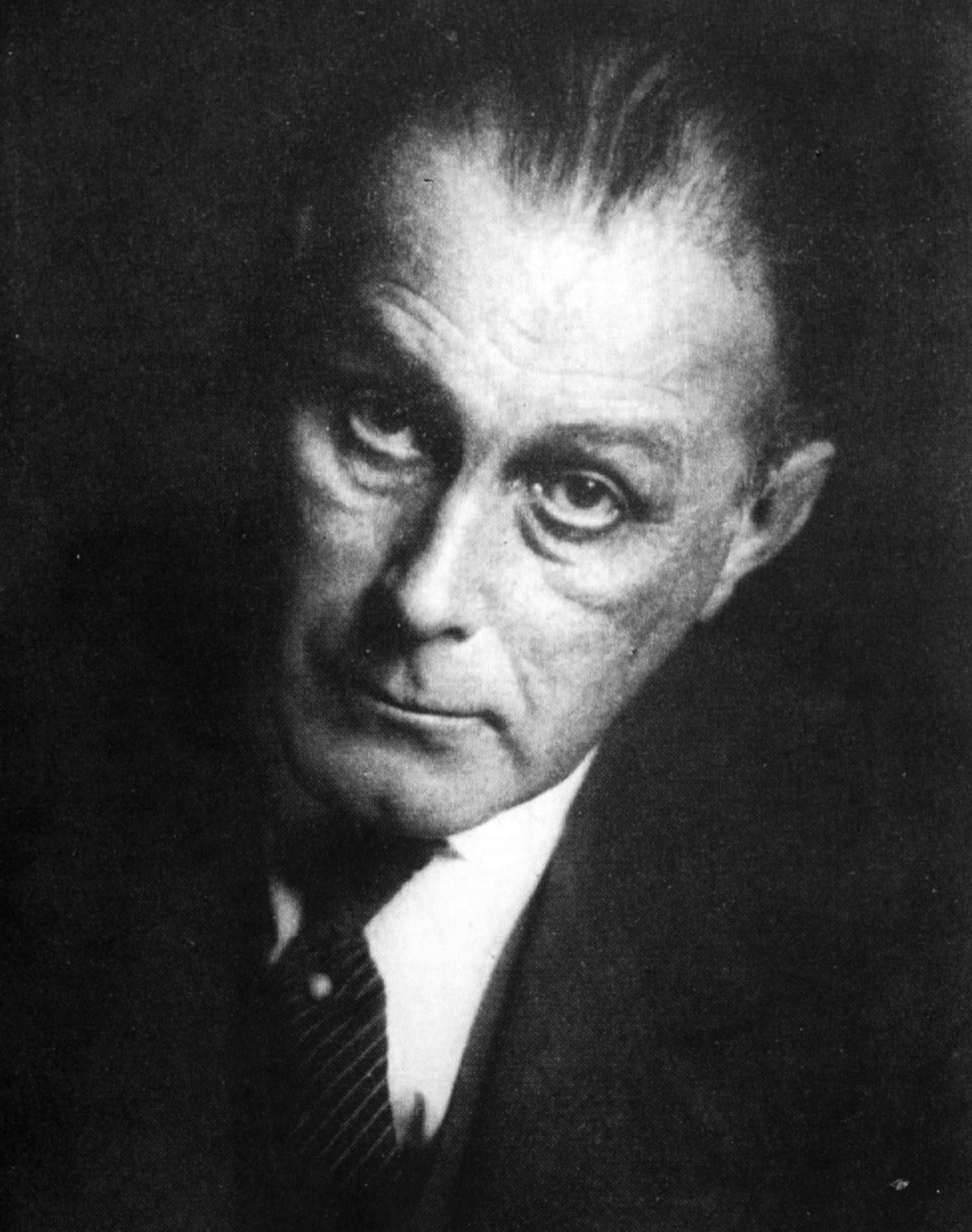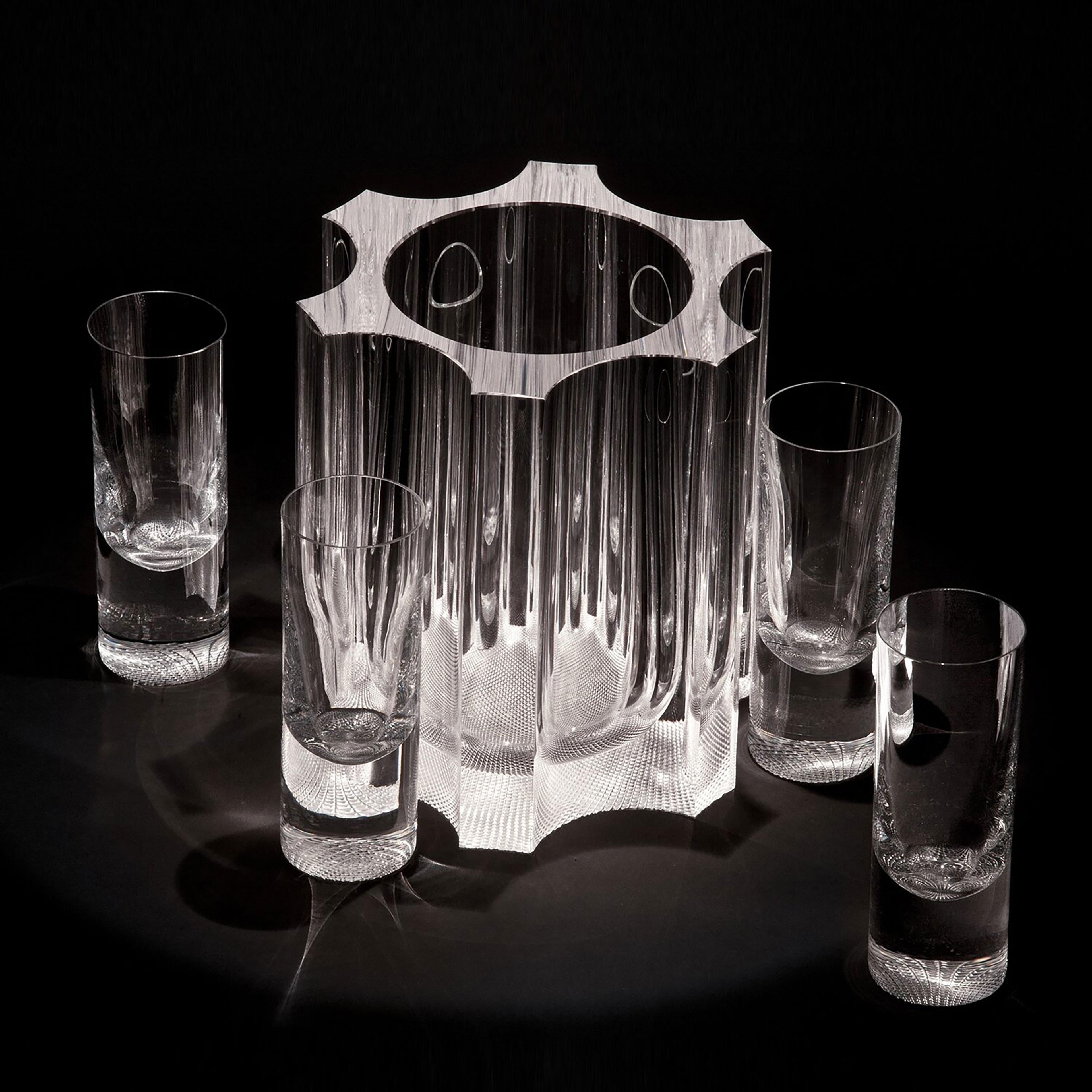
Adolf Loos
Adolf Loos
Adolf Loos
Adolf Loos was born on December 10, 1870 in Brünn (Brno), in the Margraviate of Moravia region of the Austro-Hungarian Empire, today the eastern part of the Czech Republic. Son of a German stonemason and sculptor, Loos studied at the Technical University of Dresden in 1890-1893. He left for the United States before completing his study where he stayed for three years.
In 1896 Loos returned to Vienna. Inspired by his journey in the New World, he devoted himself to architecture. In 1898 he was associated briefly with the Vienna Secession. After serving in the First World War, Loos worked as chief architect of the Department of Housing of Vienna in the newly established Austrian Republic. He resigned, disillusioned, in 1922 and emigrated to France. Between 1922 and 1927 Loos lived mostly in Paris and the French Riviera; he returned to Austria in 1928 and lived there intermittently until his death on August 23, 1933.
Loos's interior designs, in which he used fine materials with polished surfaces uninterrupted by moldings, proved a potent inspiration to the architects of the next generation. In his free-standing houses Loos introduced the compact, block-like mass, although he did not subject it to the geometric rigor characteristic of the work of the Internationalists.
But it was in the design of interiors that Loos revealed himself as a first-class architect; the dignity and coziness of his interiors and their deliberate suitability to modern living conditions have rarely been surpassed. In these Loos focused the emphasis on precious materials and the creation of flowing spaces—very similar to those of Frank Lloyd Wright—and also the notion of Raumplan—that is, architectural composition with volumes of space as opposed to two-dimensional planning.
Adolf Loos
Adolf Loos was born on December 10, 1870 in Brünn (Brno), in the Margraviate of Moravia region of the Austro-Hungarian Empire, today the eastern part of the Czech Republic. Son of a German stonemason and sculptor, Loos studied at the Technical University of Dresden in 1890-1893. He left for the United States before completing his study where he stayed for three years.
In 1896 Loos returned to Vienna. Inspired by his journey in the New World, he devoted himself to architecture. In 1898 he was associated briefly with the Vienna Secession. After serving in the First World War, Loos worked as chief architect of the Department of Housing of Vienna in the newly established Austrian Republic. He resigned, disillusioned, in 1922 and emigrated to France. Between 1922 and 1927 Loos lived mostly in Paris and the French Riviera; he returned to Austria in 1928 and lived there intermittently until his death on August 23, 1933.
Loos's interior designs, in which he used fine materials with polished surfaces uninterrupted by moldings, proved a potent inspiration to the architects of the next generation. In his free-standing houses Loos introduced the compact, block-like mass, although he did not subject it to the geometric rigor characteristic of the work of the Internationalists.
But it was in the design of interiors that Loos revealed himself as a first-class architect; the dignity and coziness of his interiors and their deliberate suitability to modern living conditions have rarely been surpassed. In these Loos focused the emphasis on precious materials and the creation of flowing spaces—very similar to those of Frank Lloyd Wright—and also the notion of Raumplan—that is, architectural composition with volumes of space as opposed to two-dimensional planning.



